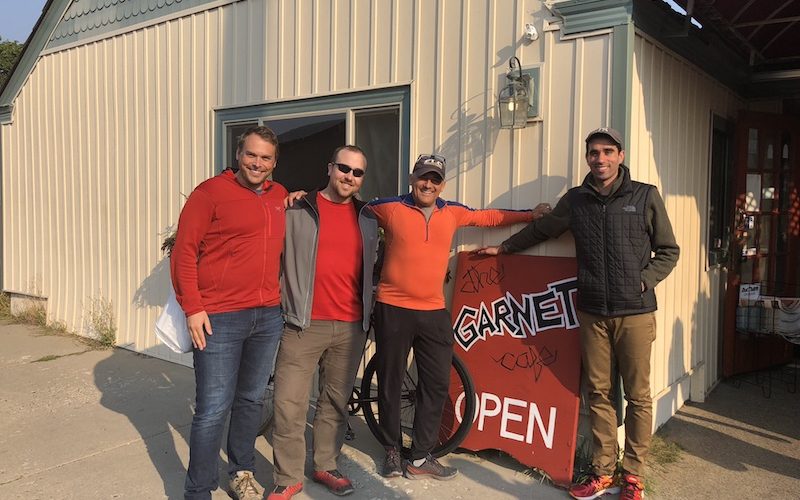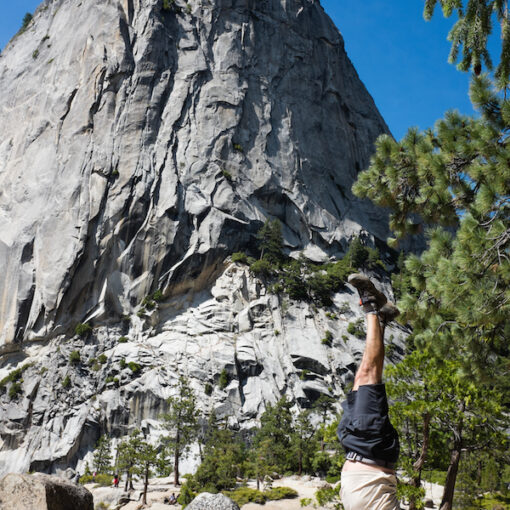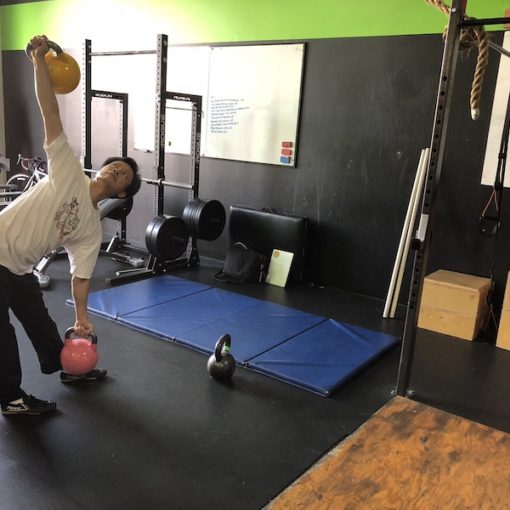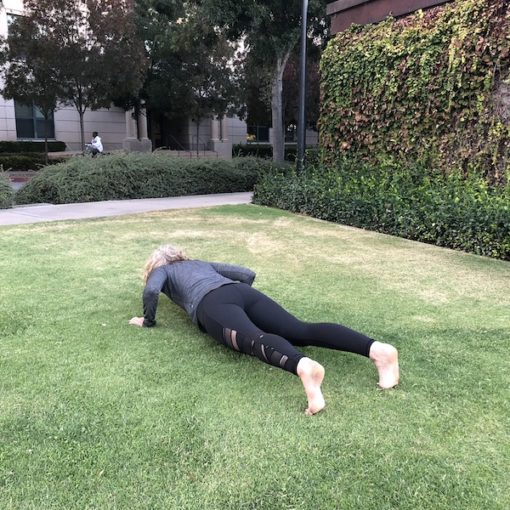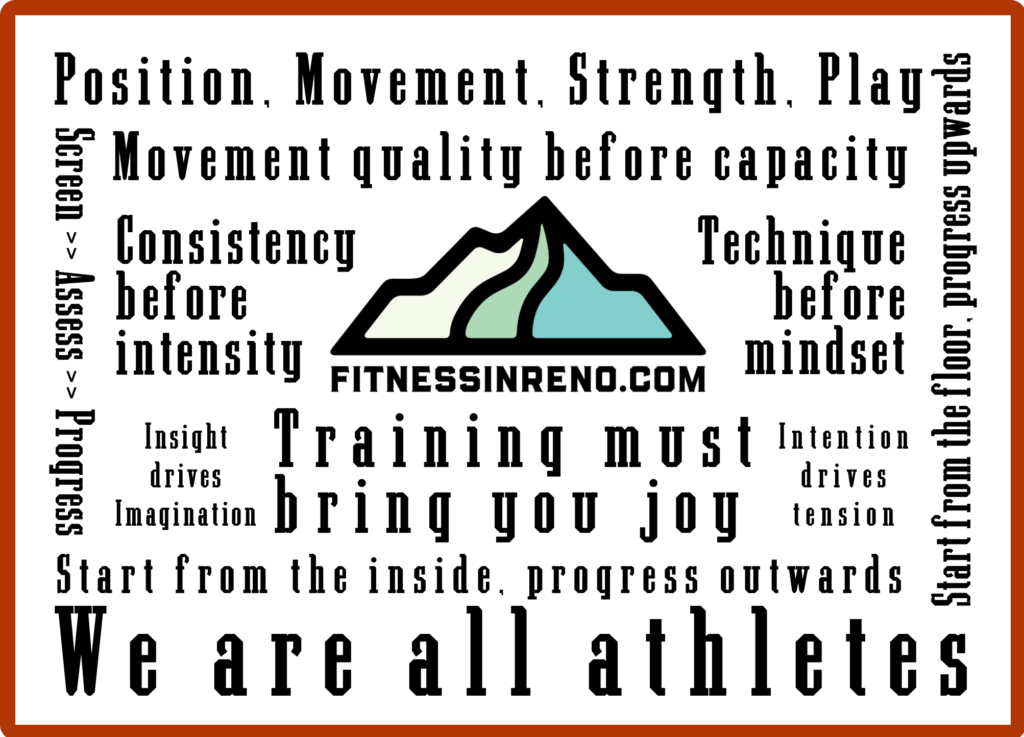
We are all athletes
If you are training, i.e. if you are following an organized plan to reach a SMART goal, you are an athlete.
Training must bring you joy
Training is a means to the end, not the end itself.
Everything works… for six weeks: Not everything is for everybody
The first quote is from Dan John. The second quote is from this (NSFW) video.
The above quote captures both the dynamic nature of behavior change and the courage, discipline and skills needed to make change happen. The video is a humorous take on coaching, or rather, the opposite of coaching. Behavior change happens when you operate at the intersection of the following questions:
- Do you have a support team?
- Can you commit resources towards permanent change?
- How will you stay consistent when you are struggling?
Screen >> Assess >> Progress
Every professional should have an orderly, repeatable process to approach his/her work. Most importantly, that process should include a way of checking or testing the work. Screens determine what movements are trainable and what movements need the attention of a licensed health care provider. I start the majority of my athletes with a thorough verbal history and the Functional Movement Screen (video and description).
Assessments tell both the coach and the athlete what patterns need developing, what patterns need load/leverage, and what patterns, if any, can be performed with intensity.
Finally, a thoughtful progression will guide the coach and athlete on how to add or remove movement complexity to accommodate changes in load and/or.
Insight drives vision: Intention drives tension
Insight is a thorough understanding of our baseline physical condition and good inventory of our physical skills so that we can pick an a appropriate goal for the workout, the 4 week training cycle and/or the year.
Many muscles don’t work cognitively like a bicep or a tricep. We can’t cognitively stabilize our shoulder or hip like we can flex or extend the elbow, there are way too many muscles involved. However what we can do is, with intention, reflexively stabilize the shoulder and/or hip. A great exercise that I use to help athletes learn how to reflexively stabilize the shoulder is the Get-Up.
Start from the floor, progress upwards: Start from the inside progress outwards
In the above principle, screen >> assess >> progress, the follow up question is “But how do you know where to start, where am I on the spectrum of movement complexity? As my sociology 101 professor told me when I asked him for help on a paper: “Explain it to me like I’m six years old.” If you don’t know where you are in the progression, start at the simplest version of that movement, check for mastery or ownership of that movement then progress from there.
Position, Movement, Strength, Speed, Play
- Movement quality before capacity
- Consistency before intensity
- Technique before mindset
There are, at least, four steps towards movement mastery or ownership. Checking for mastery means confirming that an athlete can be in, at least, the beginning and ending positions of the exercise. Can the athlete slowly and deliberately move from the beginning position to the end position? Can the athlete keep movement integrity through an appropriate range of load and cycles? Can the athlete move an appropriate load with purpose and conviction, i.e. speed? Finally, can the athlete joyfully express that movement within the context of play.

